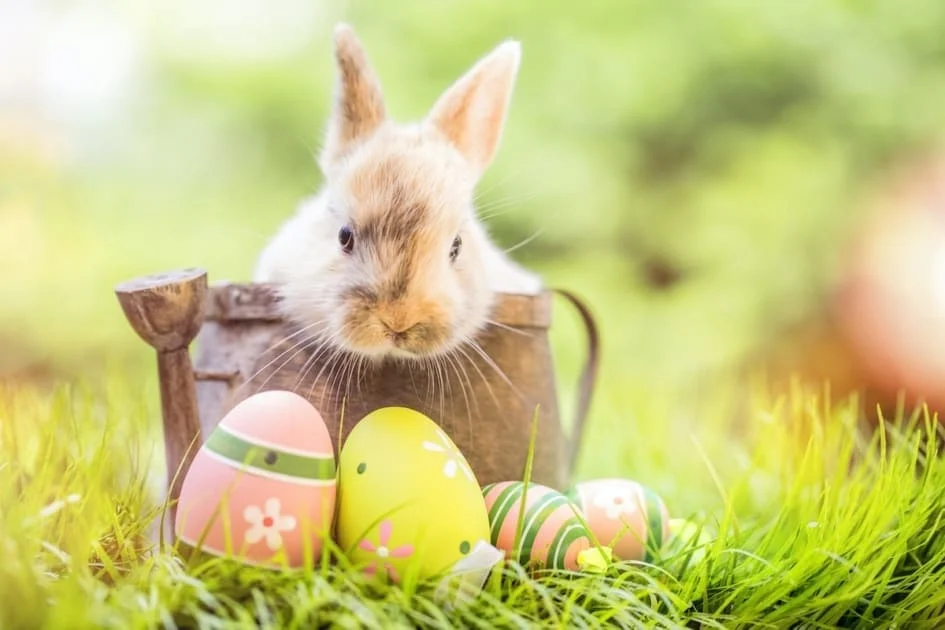| Month | Working days | Working hours | Sat & Sun. | Others |
|---|---|---|---|---|
| January | 22 | 176 | 8 | 1 |
| February | 20 | 160 | 8 | 0 |
| March | 21 | 168 | 10 | 0 |
| April | 20 | 160 | 8 | 3 |
| May | 20 | 160 | 9 | 2 |
| June | 18 | 144 | 9 | 4 |
| July | 23 | 184 | 8 | 0 |
| August | 21 | 168 | 10 | 0 |
| September | 22 | 176 | 8 | 0 |
| October | 23 | 184 | 8 | 0 |
| November | 20 | 160 | 10 | 0 |
| December | 21 | 168 | 8 | 2 |
| Total annual working hours | 251 | 2008 | 104 | 12 |
| Average / Month | 20.92 | 167.33 | 8.67 | 1.00 |

Working days per year 2025
An average of 160 working hours per month or 250 working days per year is usually referred to when discussing workload. But these numbers are not always accurate. For example, for 2025, the number of working hours varies from 144 to 184, with an average of 167 hours each month. In total, there will be 251 working days, which leaves 116 days off. In the table below, we provide a detailed overview of the number of working days, working hours, Saturdays, Sundays and other days off - such as national holidays, Midsummer's Eve, Christmas Eve and New Year's Eve. If a holiday falls on a Saturday or Sunday, it is counted under "Sat & Sun". We base these calculations on a standard eight-hour workday. Which days are considered holidays in Sweden are defined by Lag (1989: 253) on public holidays. Most people have the following holidays off, even if they fall on a regular working day:
- New Year's Eve
- Christmas Eve
- Easter Day and Pentecost
- New Year's Day and Thirteenth Day of Christmas
- May 1
- Christmas Day and Christmas Eve
- Good Friday and Easter Monday
- Ascension Day
- Sweden's National Day
- Midsummer Day
- All Saints Day
- Midsummer Eve
Feel free to check out our calendar here on the right, which contains information such as e.g. name days and a little history about what happened on that particular day.
Easter Day and Pentecost
Easter Day
Easter Sunday, or the Sunday of the resurrection, is celebrated in memory of the resurrection of Jesus. This day falls on the Sunday of the Easter weekend. The Easter weekend has a variable date and takes place at different times each year, between March 22 and April 25. Easter falls on the first Sunday after the first full moon after the vernal equinox. This day is of the utmost importance in the Christian church because it celebrates the resurrection of Jesus after being buried on Good Friday. Easter Day is associated with worship services and Easter hymns. The services have many expressions of joy. White textiles, lilies and candles that adorn the altar are all associated with joy. Easter Day is celebrated in the church and in the Swedish folk home. In the homes, Easter food goes hot all Easter weekend. Eggs, lamb, pickled salmon, Jansson's temptation and many other goodies are eaten. Eggs go hand in hand with Easter and the eggs are a symbol of life, which is connected with the resurrection of Jesus. The egg represents life and from the hard shell, which is a symbol of the tomb, Jesus emerges. Furthermore, the color theme is yellow. Yellow decorations are everywhere throughout the Easter weekend. The yellow color is also associated with the egg, or rather the chicken that comes from the egg.Pentecost
Pentecost falls 10 days after Ascension Day and 7 weeks after Easter. The Christian tradition is celebrated in the church. The purpose is to remember that the Holy Spirit appeared to the disciples and thus also formed the first Christian church. Therefore, Pentecost is usually seen as the church's birthday. Pentecost is also called the time of rapture. Historically, Pentecost has been centered on the celebration of the church building. The church has been decorated with, among other things, leaf litter and candles. In an even older tradition, Pentecost has been a day of sacrifice. Here a Pentecostal bride was brought to the church halls and from yard to yard to solicit gifts. She was dressed in wedding clothes, though usually not of as good quality as at a real wedding. The tradition of Pentecostal bride became something controversial which today has a completely different meaning, as it is common to get married on Pentecost.
Good Friday
What happens on Good Friday is not a celebration, but rather a celebration. Jesus' crucifixion is what is noticed and this day is traditionally gray and mourning. Symbols of grief have historically emerged during Good Friday. Here we have seen black clothes, closed shops, avoided contact, very simple restricted food or even fasting. It was illegal for a while to have fun on Good Friday. Dancing, taverns, cinemas, bingo and football matches were all banned. Even further back in history, we also see that they have whipped each other with rice, to remind themselves of Jesus' suffering. In modern times, suffering has been withdrawn. Nowadays, it is allowed and legal to do what you want on Good Friday, but many insist on limiting themselves.
In the Church's attention on Good Friday, a service is held in the morning, close to the ninth hour in which Jesus died. No music is played, all signs of joy are gone and hymns are sung. The only decoration is five red roses that adorn the altar, which are symbols of the wounds Jesus received when he was crucified.
Easter Monday
This is the day when it is celebrated that Jesus appeared to his disciples, after dying on the cross and coming back to life. Easter Monday is the day after Easter. On Easter day, Jesus' tomb was examined and it was discovered that it was empty. The next day, Jesus began to appear to his disciples. Easter Monday is a day in Christianity that helps to establish that there is a hope for a life after death, together with God, because Jesus shows that death can be defeated. The second day of Easter is of course happier than Good Friday and this day is without special regulations for joy. In the folk home, there is usually leftover Easter food, family may gather and eat together on Easter Eve without further meaning for Jesus and his disciples.

